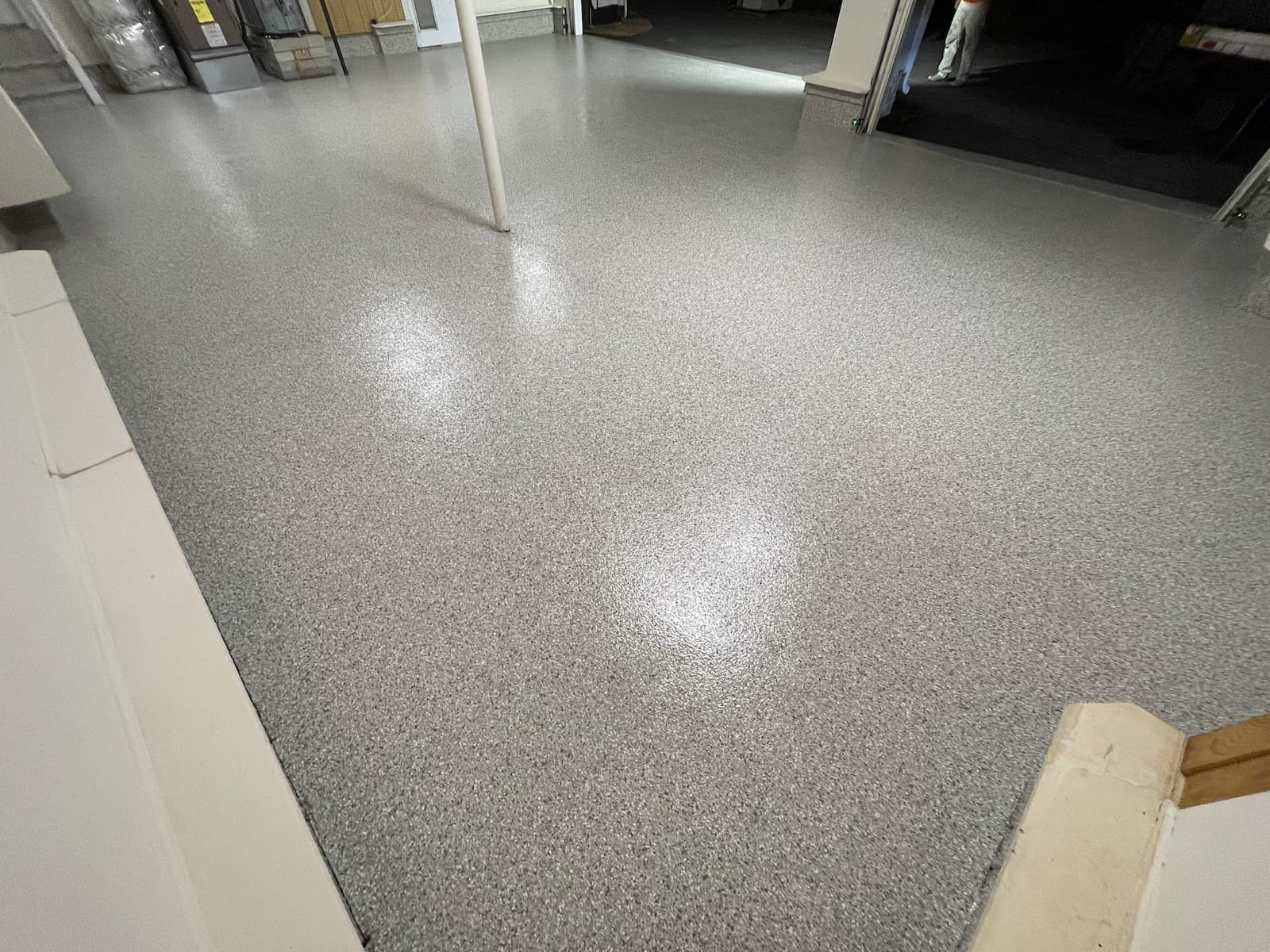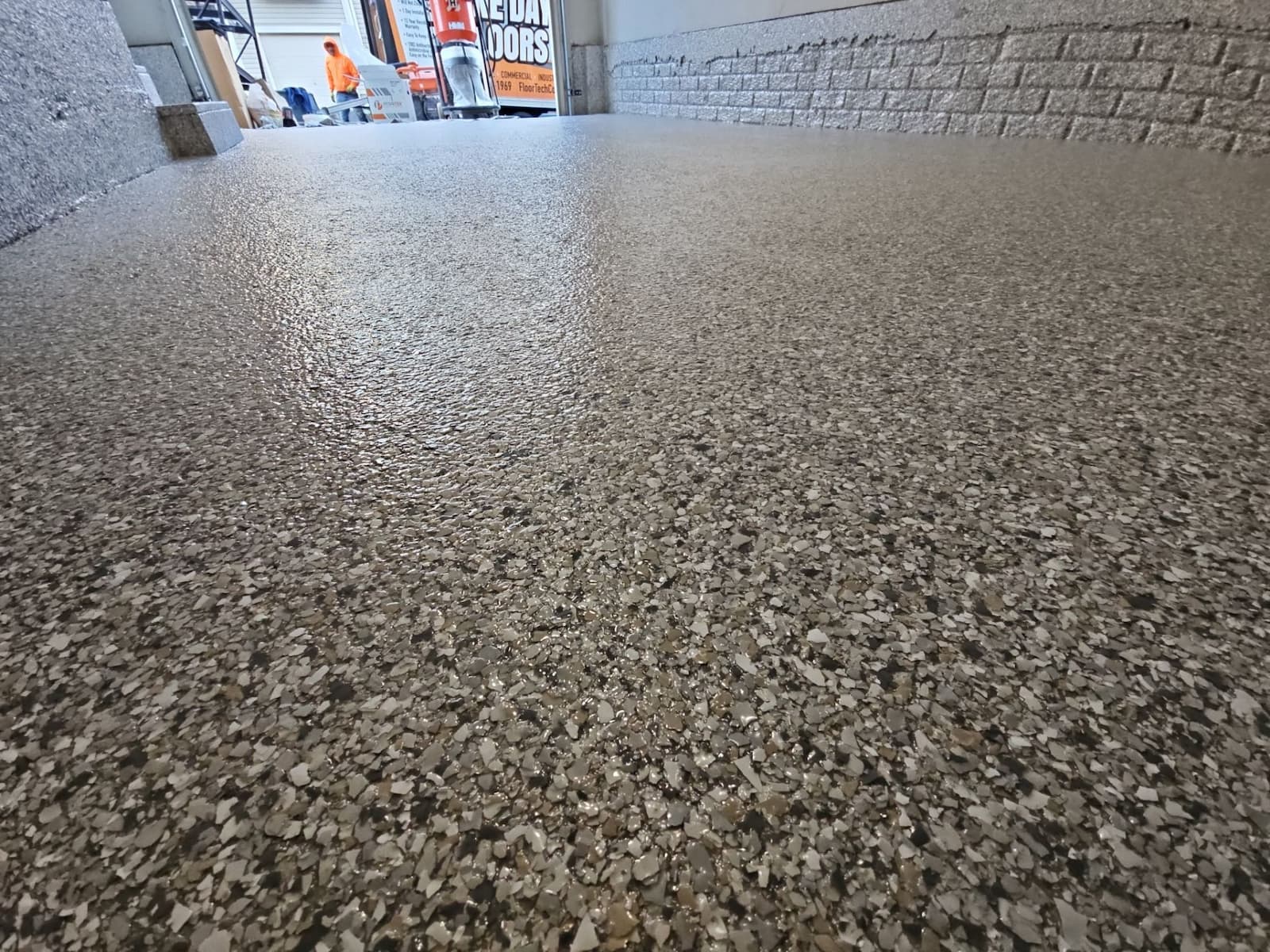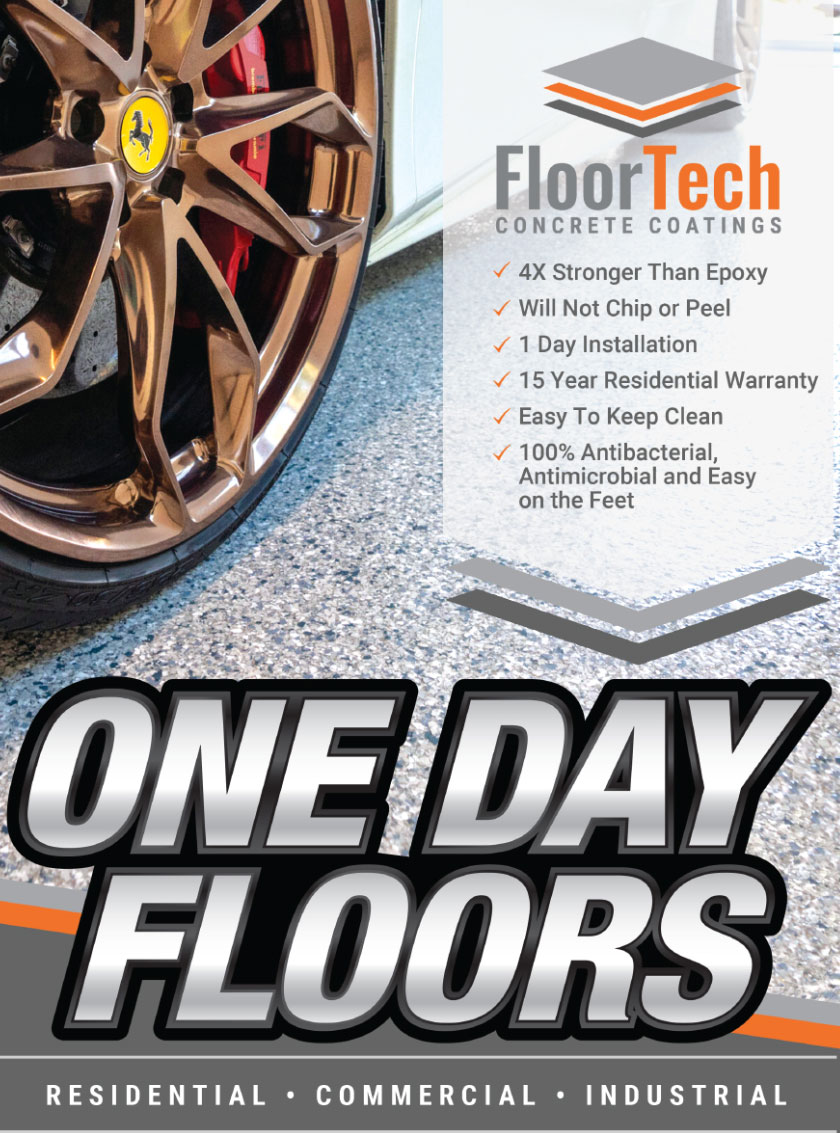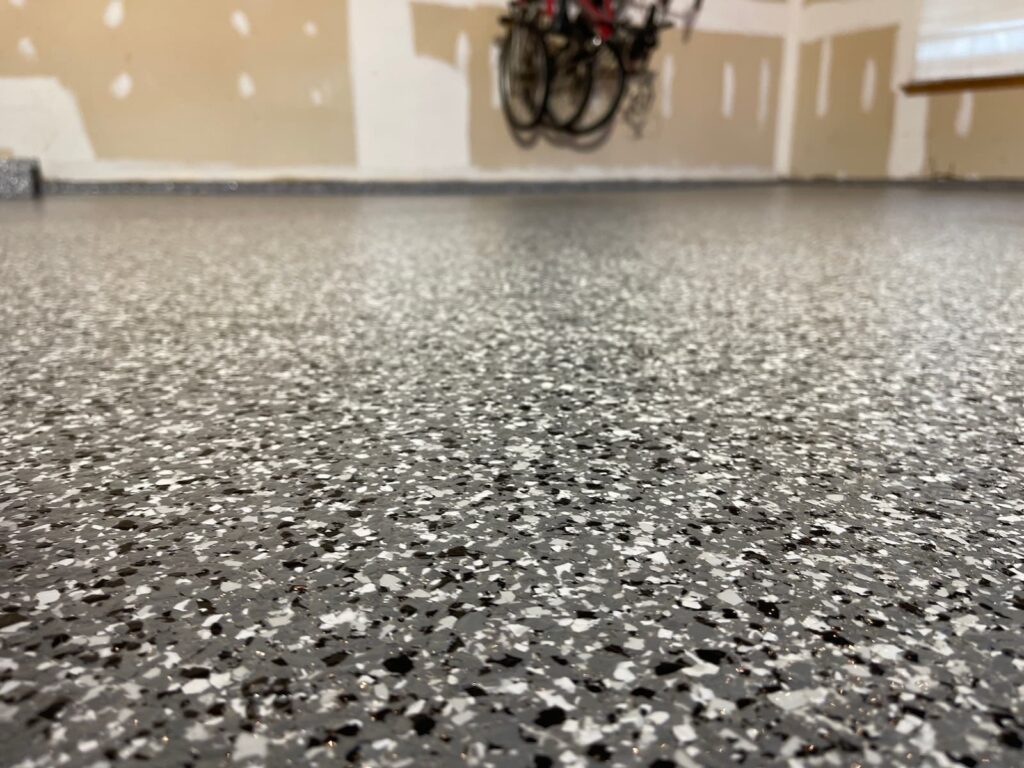At the core of every bustling workshop and garage, the floor stands as a testament to creativity and industrious effort. It’s in these realms of innovation and repair that the groundwork must hold strong against the challenges of heavy machinery, accidental spills, and ceaseless activity. While epoxy has long been the standard bearer for floor coatings, the tide is turning with the advent of polyurea and polyaspartic coatings. These cutting-edge options bring not just improved aesthetics to the table, but they markedly uplift the functional and safety aspects of these vital spaces. By adopting these advanced coatings, facilities can achieve surfaces that are not only more visually appealing but also significantly more durable and easier to maintain. The shift towards polyurea and polyaspartic solutions represents a leap forward in flooring technology, offering a blend of beauty, resilience, and ease of use that traditional epoxy simply cannot match. This evolution underscores a commitment to not only preserving the integrity of workspaces but also enhancing their overall usability and safety, ensuring that they can continue to serve as the backbone of creativity and hard work for years to come.
The Downfalls of Epoxy Coatings
Epoxy coatings, while popular, often fall short due to their surface-level bonding, which makes them prone to peeling under the strain of heat or heavy loads. This vulnerability, combined with their susceptibility to UV damage and protracted curing periods, can compromise the durability and efficiency of a workspace. These limitations highlight the need for a more robust solution that can endure the rigors of a busy environment without the risk of rapid degradation. As such, exploring alternatives that offer deeper penetration and quicker cure times could significantly improve the lifespan and functionality of workshop and garage floors, ensuring they remain in peak condition despite the challenges of daily use.

The Advantages of Polyurea and Polyaspartic Coatings
Polyurea and polyaspartic coatings stand out from traditional epoxy solutions by delivering a range of superior advantages. Their ability to form a deep chemical bond with concrete translates into unmatched durability, significantly elevating the resilience of floors against daily wear and tear. Additionally, the quick curing times of these coatings drastically reduce downtime, ensuring that workspaces can resume operations much faster than with epoxy applications. These advanced coatings also demonstrate remarkable flexibility, adeptly handling temperature variations without succumbing to cracks or peels. Furthermore, their inherent resistance to UV rays and chemicals not only preserves the floor’s aesthetic appeal over the years but also maintains its functional integrity, making them a preferred choice for those seeking long-term flooring solutions.
Understanding Polyaspartic and Polyurea Coatings
Polyaspartic coatings, emerging from the broader family of polyurea, strike an optimal balance between ease of application and robust performance. They allow for a smoother, more manageable application process without compromising the coating’s inherent strength. This advantage is complemented by the distinct roles of polyurea’s two main types: aromatic and aliphatic. Aromatic polyurea excels as a basecoat, providing a solid and durable foundation, while aliphatic polyurea shines as a topcoat, offering UV stability and a lustrous finish. The strategic layering of these materials ensures a flooring solution that is both resilient and visually appealing, creating a durable yet attractive surface suitable for a variety of environments. This layered approach not only extends the life of floors but also elevates their aesthetic quality, making them a smart choice for spaces that demand both functionality and style.

Chip Floor Coating for Aesthetics and Safety
Integrating chip floor coatings with polyurea or polyaspartic applications significantly boosts both the visual appeal and safety of the flooring. The addition of these chips not only introduces a variety of textures that drastically reduce slipping hazards but also allows for extensive customization in color and size, tailoring the look to perfectly suit any workspace. This customizable aspect ensures that every floor can have a unique appearance, reflecting the personality and brand of the space. Moreover, the enhanced grip provided by the textured surface offers an added layer of safety, making the workspace safer for everyone who uses it.
Why Choose Polyurea and Polyaspartic Over Epoxy?
Opting for polyurea and polyaspartic coatings is a strategic decision that prioritizes longevity, functionality, and aesthetics in flooring solutions. These coatings excel through their innovative bonding capabilities, swift curing processes, and formidable resistance to various environmental stresses, distinguishing them as a superior choice for enhancing workshops and garages. This commitment to quality ensures that your space remains not only operational but also visually captivating over the years, embodying a blend of beauty and resilience that stands the test of time. The foresight in selecting these materials translates into a durable, efficient, and safe environment, reinforcing the value of your investment in every square foot.
Surpassing Traditional Epoxies
Laying the groundwork for a productive environment begins with choosing the right flooring solution. Polyurea and polyaspartic technologies push the boundaries in terms of durability, visual appeal, and safety, offering a significant upgrade over conventional epoxy coatings. Opting for these cutting-edge options signifies a commitment to the extended lifespan and superior quality of your workshop or garage. This choice ensures that your space not only serves as a hub of creativity and industriousness but also stands as a testament to innovation and excellence for many years ahead. This forward-thinking approach guarantees a flooring solution that combines performance with aesthetics, ultimately fostering a workspace that is both inspiring and functional.







